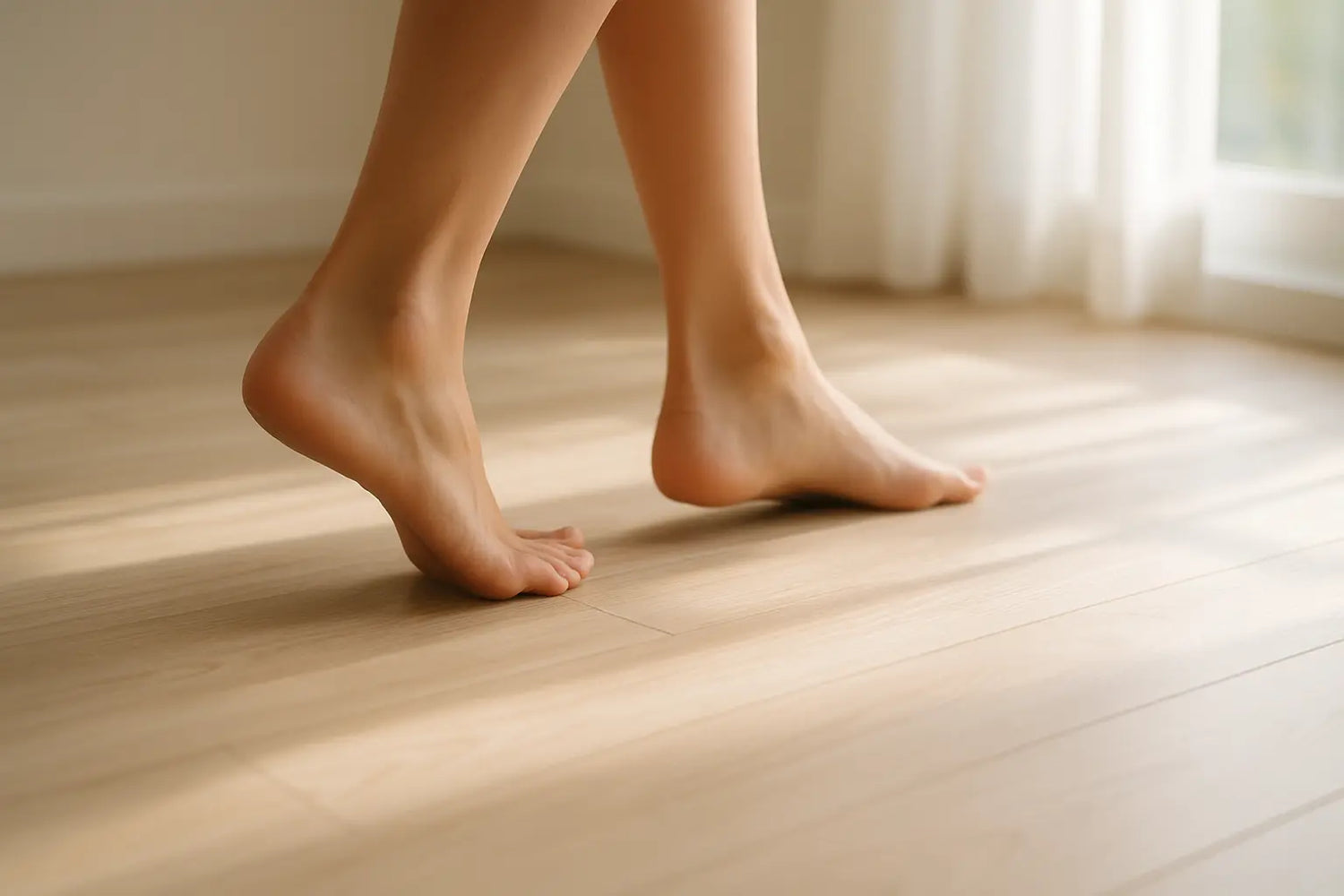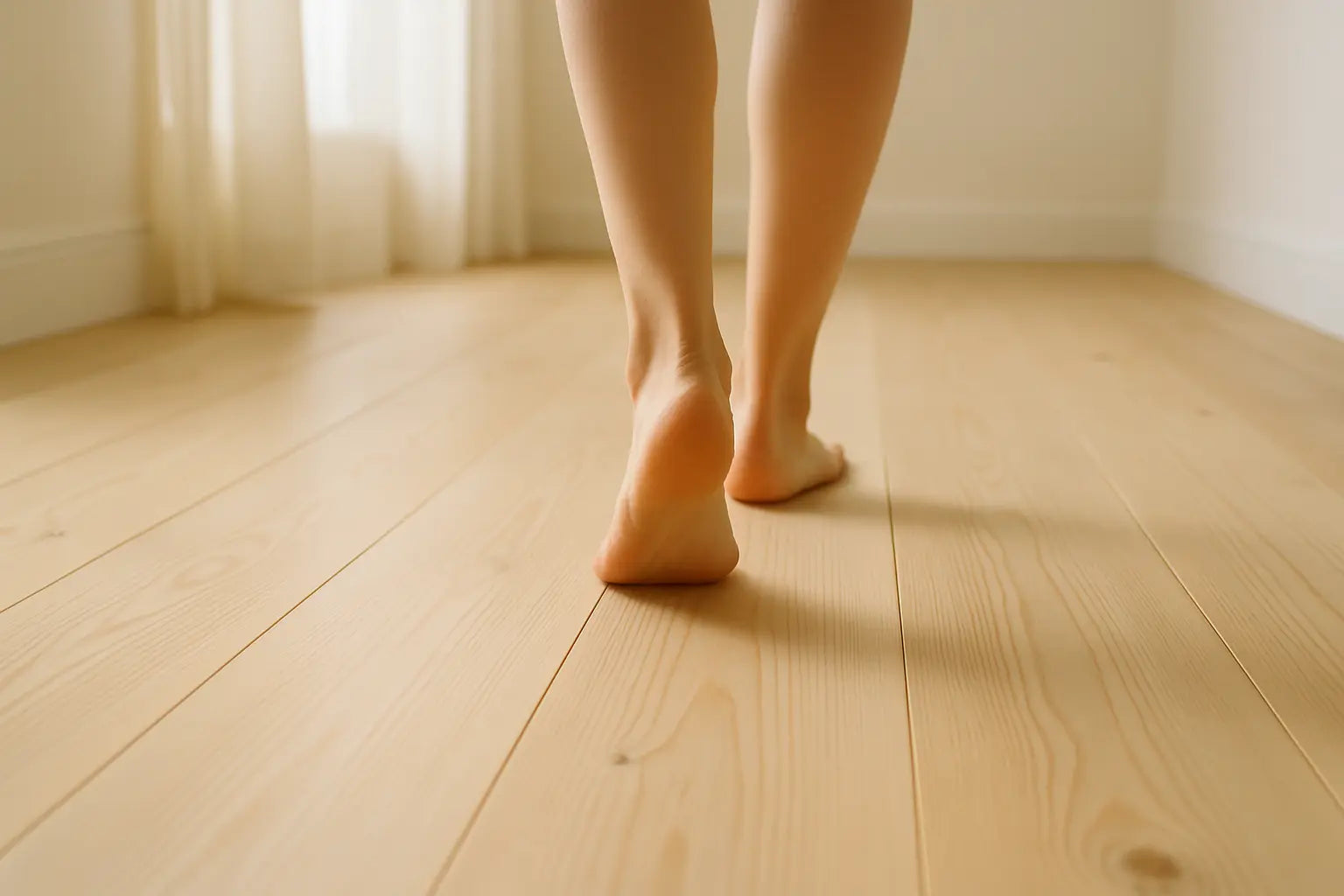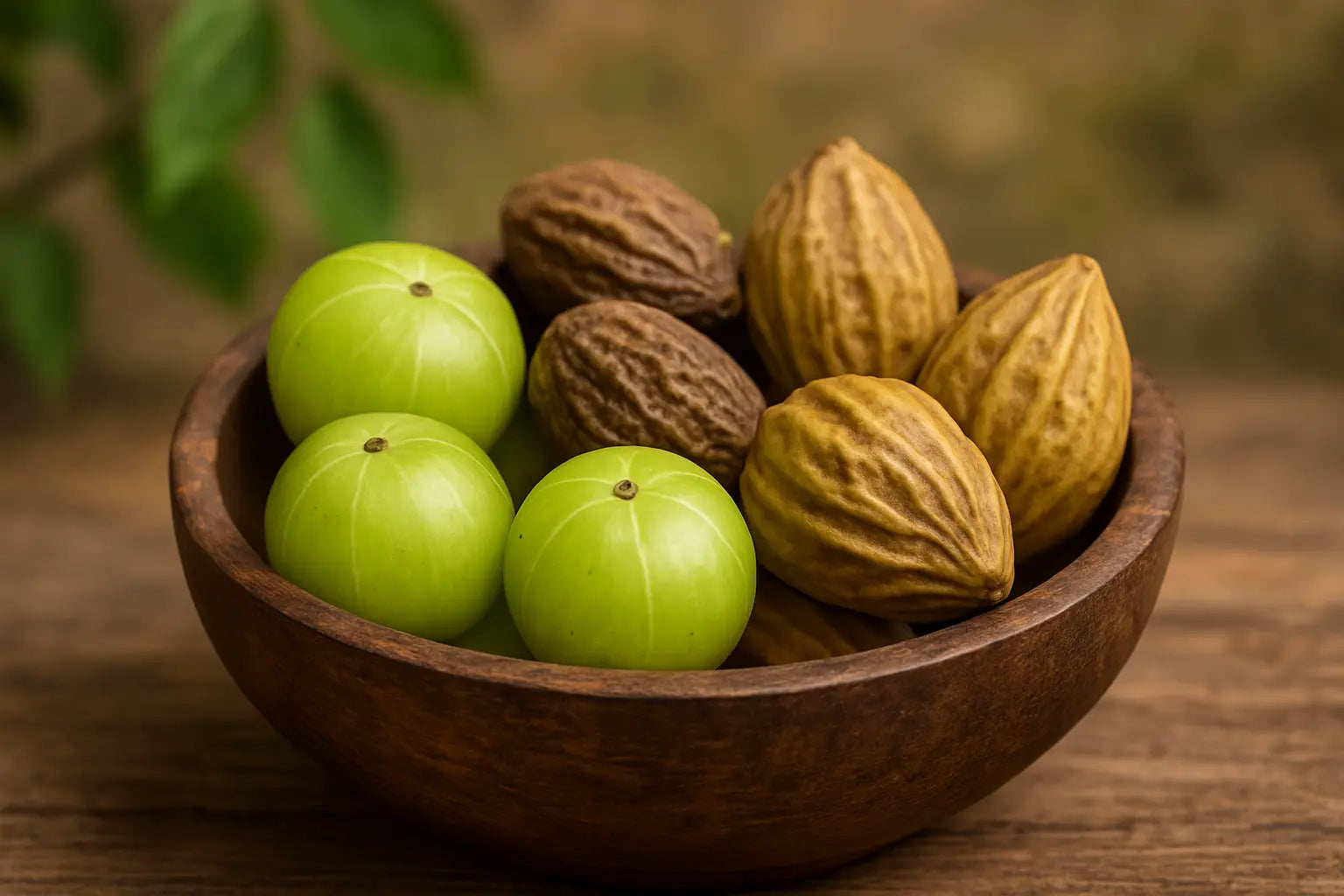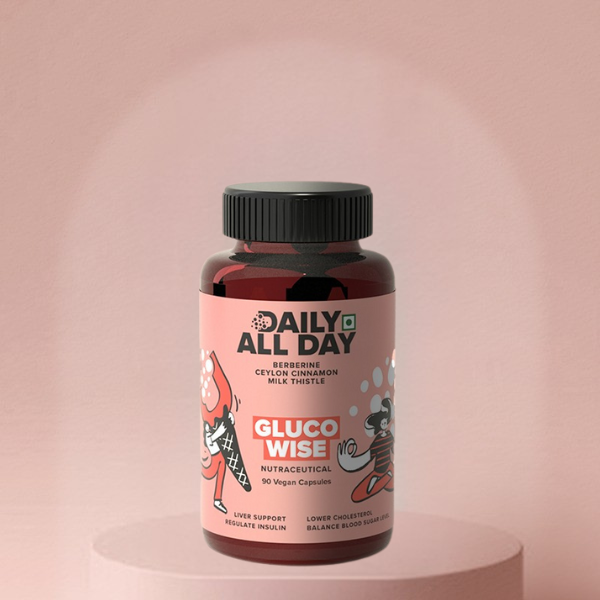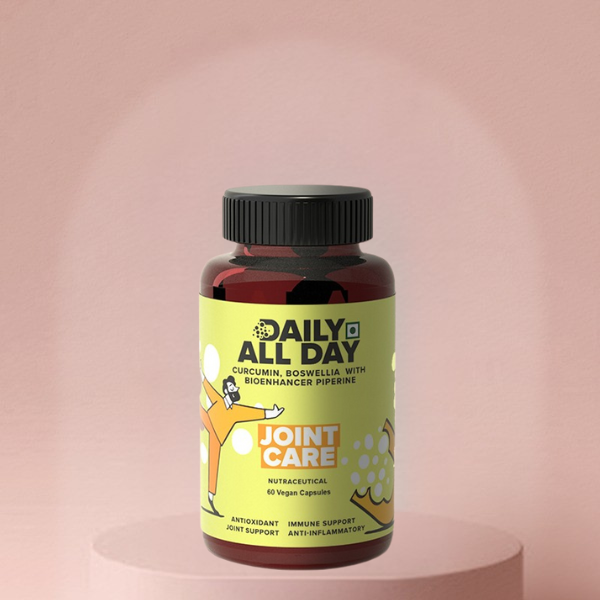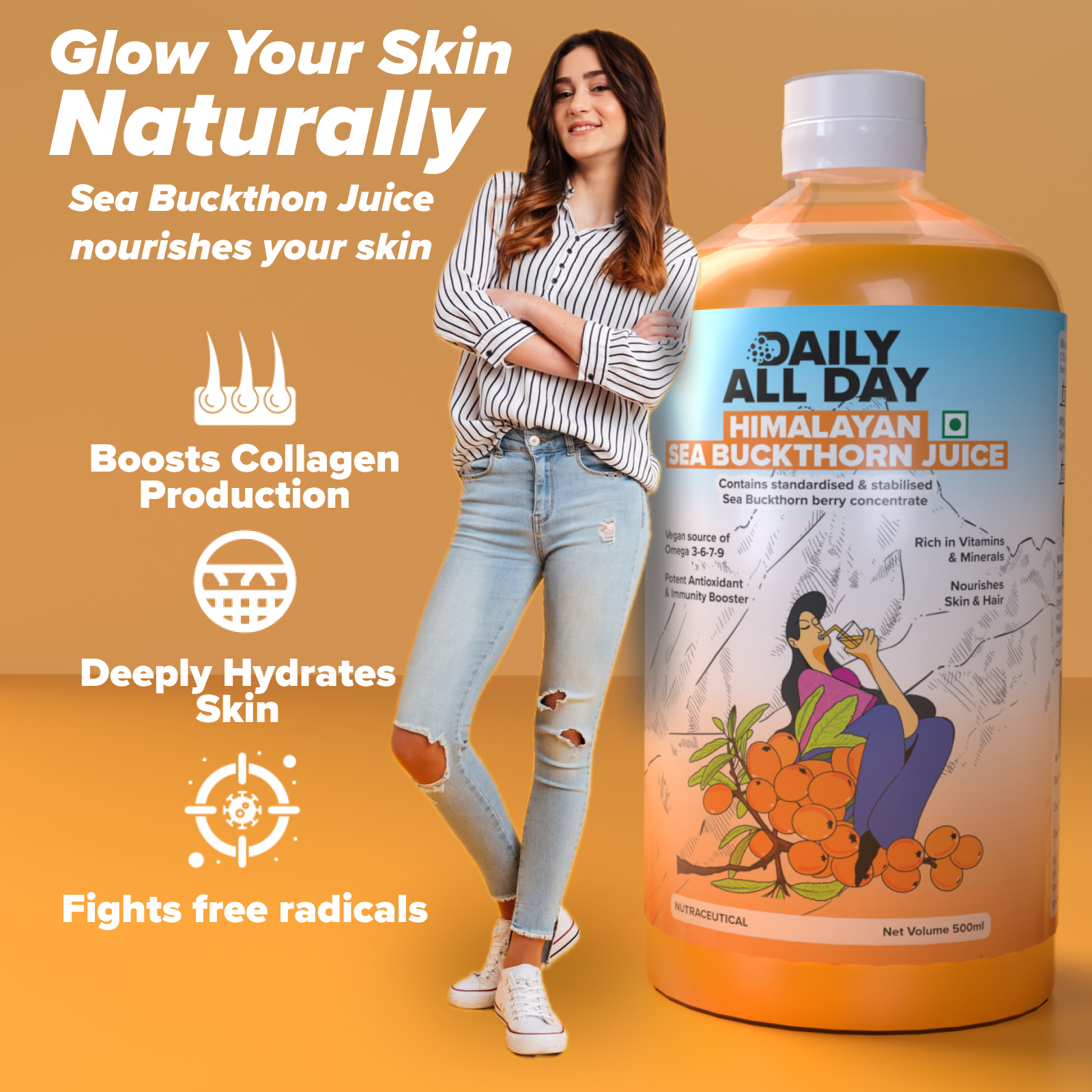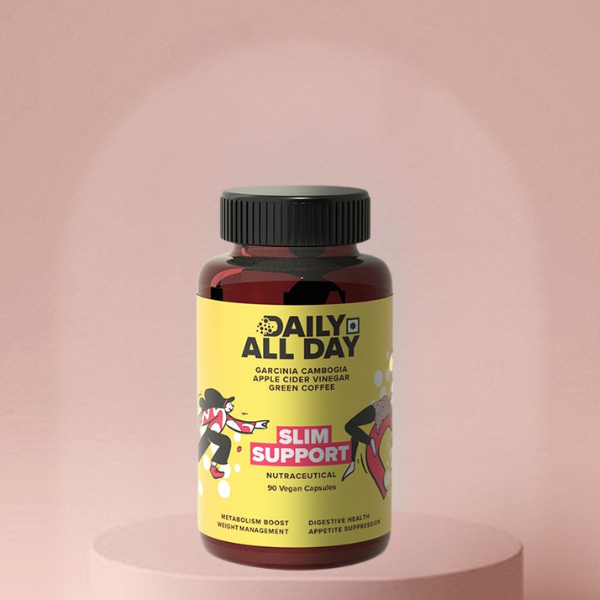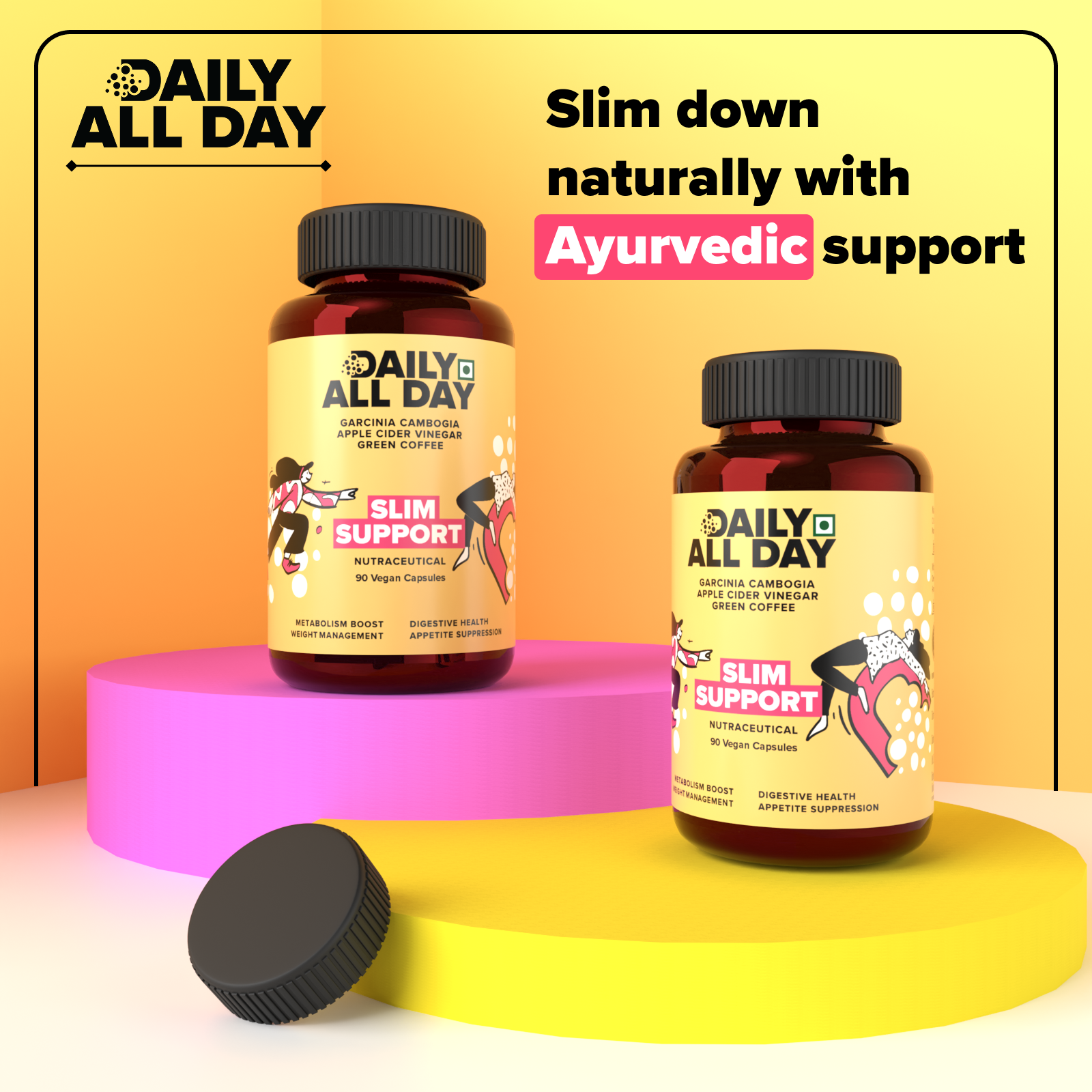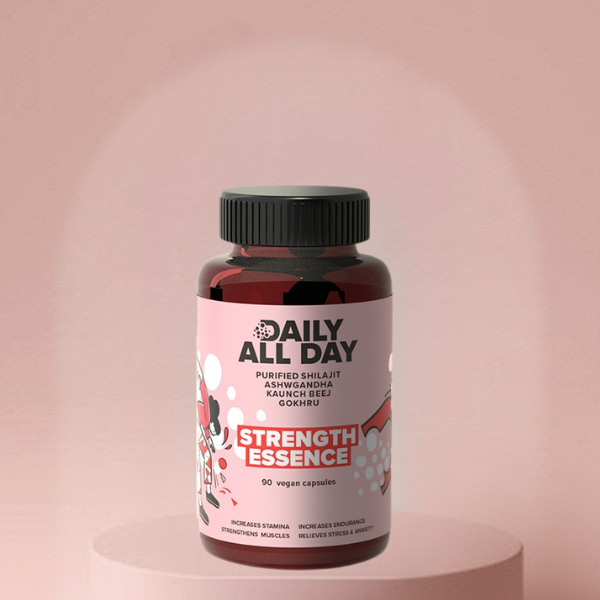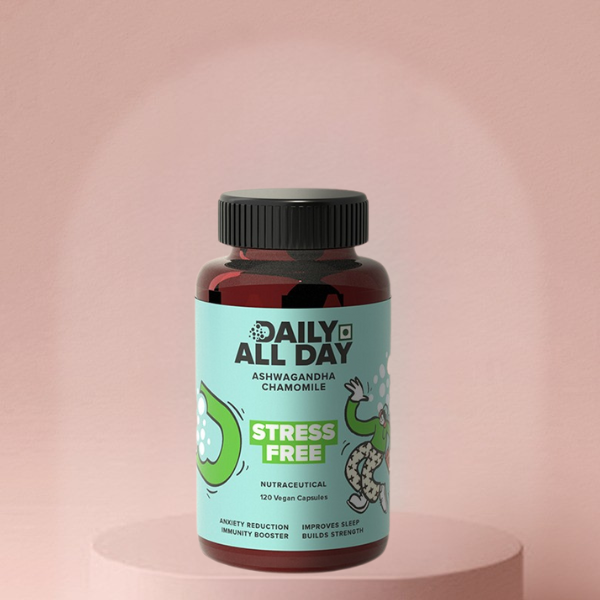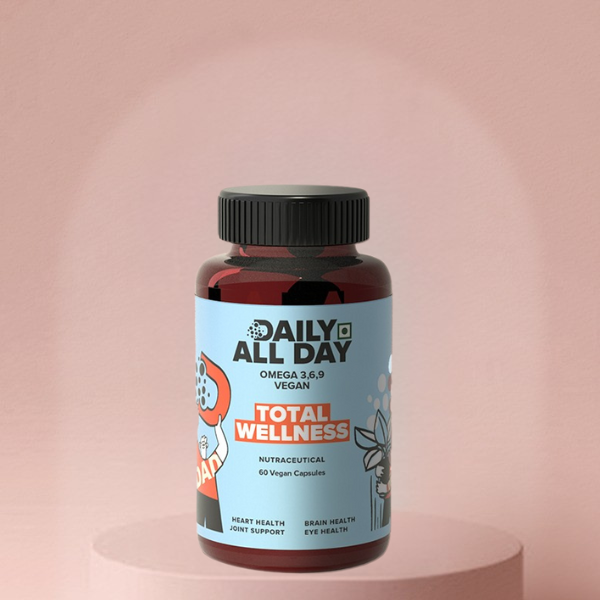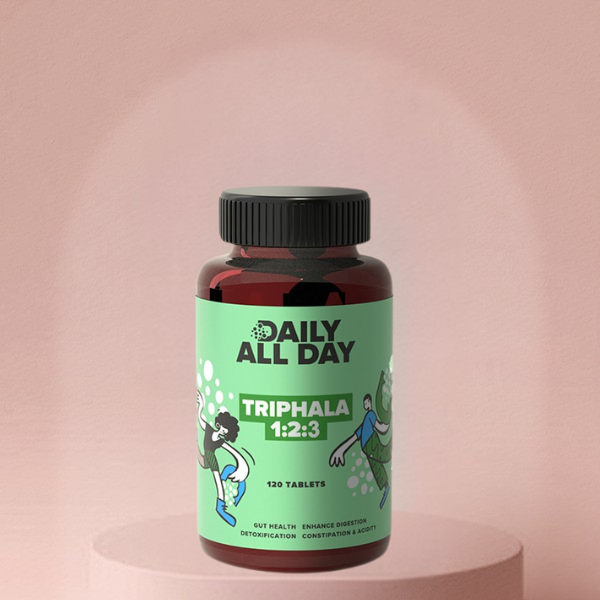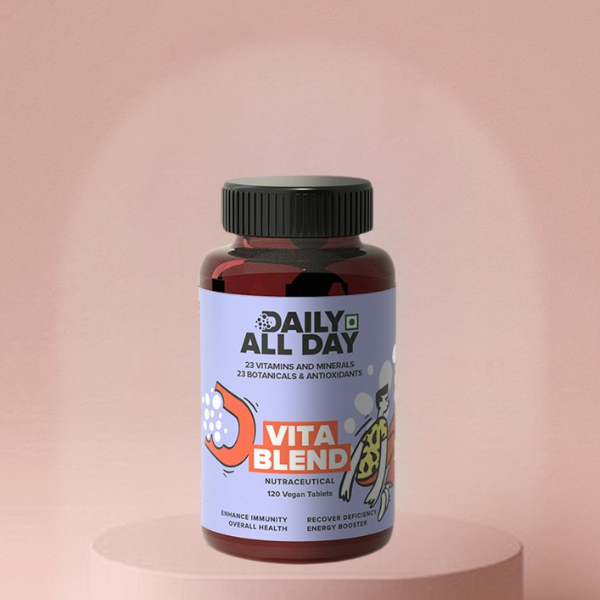Imagine coming home after a long, tiring day. The first thing you do is kick off your tight shoes and let your feet breathe. That feeling of freedom is priceless, right? For many of us, walking barefoot around the house is a simple comfort. But have you ever stopped to wonder if this daily habit is actually good for you? It turns out, the simple act of going shoeless is a hot topic, with experts pointing out both surprising benefits and serious risks.
The debate over walking barefoot is more than just about comfort; it’s about your health. While it can strengthen your feet and improve your posture, it also opens the door to potential injuries and nasty infections. So, let's peel back the layers and get to the bottom of this barefoot dilemma.
Table of Contents
- The Bright Side: Why Walking Barefoot Can Be Great for You
- The Hidden Dangers: Potential Risks of Going Shoeless
- What People Are Asking: Barefoot Questions from Quora
- Strengthening Your Defenses from the Inside Out
- Ingredients Deep Dive: Nature's Best for Your Body
- Frequently Asked Questions
The Bright Side: Why Walking Barefoot Can Be Great for You
Letting your feet go free isn't just about comfort. There are real, scientifically-backed benefits to walking barefoot, especially in a safe environment.

- Stronger Muscles: When you wear shoes all the time, especially those with a lot of support, the small muscles in your feet can get lazy. Walking barefoot forces these muscles to wake up and work, which helps build strength and stability. Think of it as a mini-workout for your feet!
- Better Balance and Posture: Without shoes, your feet can feel the ground better. This sends more sensory information to your brain, which can improve your balance and body awareness (proprioception). Over time, this can lead to better overall posture.
- Healthier Skin: Trapping your feet in socks and shoes all day can create a warm, moist environment where fungi love to grow. This can lead to conditions like athlete's foot. Letting your feet air out by walking barefoot helps keep them dry and reduces the risk of fungal infections like pityriasis versicolor.
- A Sense of Grounding: There's a reason walking on grass or sand feels so good. The practice of “earthing” or “grounding” involves connecting your body directly to the earth. Many believe this can reduce stress and create a sense of calm and well-being.
The Hidden Dangers: Potential Risks of Going Shoeless
Before you throw out all your shoes, it’s crucial to understand the potential downsides. Our modern world isn't always foot-friendly, and going barefoot can expose you to a few dangers.
- Cuts, Scrapes, and Puncture Wounds: This is the most obvious risk. Stepping on a piece of glass, a sharp rock, or even a forgotten Lego can cause a painful injury. Puncture wounds are particularly dangerous because they can introduce bacteria deep into your foot, potentially leading to a tetanus infection if you're not up-to-date on your shots.
- Bacterial and Fungal Infections: Public places like locker rooms, swimming pools, and even dirty floors at home can harbor germs. Walking barefoot in these areas can expose you to bacteria and fungi that cause conditions like athlete's foot, warts, or more serious skin infections like folliculitis (inflammation of hair follicles) and paronychia (infection around the nails).
- Parasitic Infections: In some parts of the world, walking barefoot on contaminated soil can lead to parasitic infections, like hookworm. While this is less common in urban areas with good sanitation, it's still a risk in certain environments. These parasitic infections means your body is hosting an unwanted guest that can cause a range of health issues from skin rashes to severe fatigue.
- Lack of Support: Our feet are designed to walk on soft, natural surfaces like earth and sand. Walking barefoot for long periods on hard, unforgiving surfaces like concrete or tile can lead to foot strain, heel pain (plantar fasciitis), and even stress fractures.
What People Are Asking: Barefoot Questions from Quora
Many people are curious about the specifics of walking barefoot. Here are some common questions and answers sourced from discussions on Quora.
-
Can walking barefoot on wet roads or fields lead to infections?
As long as you don’t have any open cuts or sores on your feet, it’s generally safe. However, wet environments can be breeding grounds for bacteria, so it’s always a good idea to wash and dry your feet thoroughly afterward. -
Are there any risks associated with walking barefoot outside?
Yes, there are manageable risks. These include physical injuries from sharp objects, infections from bacteria or fungi, and exposure to temperature extremes. Being more aware of where you step significantly reduces these risks. People with diabetes, poor circulation, or neuropathy should avoid walking barefoot outdoors entirely. -
What diseases can you get from walking around barefoot?
You can potentially pick up fungal infections (like athlete's foot), bacterial infections (like cellulitis, especially after a puncture wound), and in some regions, parasitic infections (like hookworm). Getting a tetanus shot is a wise precaution. -
Does walking barefoot expose you to more germs than shoes?
This is a common misconception. Shoes can actually trap sweat and bacteria, creating a breeding ground for germs. People who are regularly barefoot often have cleaner feet because they are more likely to wash them. The key is hygiene. Transferring dirt from your bare feet into your shoes without washing them is what causes problems.
Strengthening Your Defenses from the Inside Out
While being mindful of where you step is important, your body’s best defense against infections is a strong immune system and excellent overall health. If your internal systems are running smoothly, your body is better equipped to fight off any germs you might encounter. This is where holistic wellness and natural supplements can play a huge role.

For a Resilient Immune System and Glowing Skin: Daily All Day Sea Buckthorn Juice
If you happen to get a small cut on your foot, your skin is the first barrier against infection, and your immune system is the cleanup crew. Supporting both is essential. Our Daily All Day Sea Buckthorn Juice is a powerhouse of nutrients designed to do just that.
- Boosts Immunity: Rich in antioxidants and Vitamin C, it helps protect your body against infections and oxidative stress.
- Promotes Glowing Skin & Hair: It boosts collagen production, which is vital for skin repair and elasticity, helping any minor scrapes heal faster. It also tackles acne problems by reducing inflammation.
- Natural Lubricant: It's known to improve hydration across the body, keeping skin, eyes, and internal linings moisturized and healthy.
Our juice is made from 100% natural, raw pulp, ensuring you get the full spectrum of its incredible benefits.
For Detoxification and Gut Health: Daily All Day Triphala 1:2:3 Tablets
A healthy gut is the foundation of a strong immune system. When your digestive system is clean and balanced, your body can absorb nutrients more efficiently and fend off pathogens. Our Daily All Day Triphala 1:2:3 Tablets are based on a traditional Ayurvedic formula for complete digestive wellness.
- Cleanses and Detoxifies: Triphala is a gentle but effective formula that helps detoxify the body and cleanse the colon, removing toxins that can weaken your immune system.
- Relieves Digestive Issues: It’s a trusted home remedy for gas problems, bloating, and constipation. It also provides relief from hyperacidity and supports those with Irritable Bowel Syndrome (IBS).
- Enhances Skin & Hair Health: By cleansing your system from the inside, Triphala helps promote a natural glow and stronger hair on the outside.
This traditional formula is a simple way to maintain a healthy gut, which is essential for overall resilience and vitality.
Ingredients Deep Dive: Nature's Best for Your Body
Let's take a closer look at the star ingredients in our wellness-boosting products:
- Sea Buckthorn (Raw Pulp): This Himalayan superfruit is a rare gem. It's one of the only plant sources of all four omega fatty acids—3, 6, 9, and the rare Omega-7. These fatty acids are crucial for skin health, heart health, and a balanced metabolism. Combined with its high content of Vitamins C and E, it's a true champion for immunity and skin vitality. Learn more about this superfruit here.
-
Triphala (Amla, Baheda, Harad): This is a classic Ayurvedic combination of three fruits:
- Amla: Extremely rich in Vitamin C, it’s a powerful antioxidant that boosts immunity and is fantastic for skin and hair.
- Baheda: Known for its detoxifying properties, it supports respiratory health and helps cleanse the body of toxins.
- Harad: Revered as the “king of medicines” in Ayurveda, it improves digestion, relieves constipation, and rejuvenates the entire body.
Frequently Asked Questions
- 1. Is it good to walk barefoot all the time?
- No, moderation is key. While it’s beneficial on soft, safe surfaces (like grass, sand, or a clean carpet), constantly walking barefoot on hard floors can lead to foot problems like plantar fasciitis or stress fractures. It's best to mix it up.
- 2. Can walking barefoot help with flat feet?
- Yes, it can. Walking barefoot strengthens the intrinsic muscles of the feet, which can help support and lift the arch. It's often recommended as a natural way to improve foot mechanics for those with flat feet.
- 3. What are the signs of an infection from walking barefoot?
- Look for redness, swelling, warmth, pus, or persistent pain around a cut or scrape. If you see red streaks moving up your leg or develop a fever, seek medical attention immediately, as these could be signs of a more serious infection like cellulitis. If you are looking for a doctor, searching for a "dermatologist near me" is a good first step for skin-related issues.
- 4. How can I safely start walking barefoot?
- Start slowly. Begin by walking barefoot in your home for short periods to let your feet adjust. Gradually move to safe outdoor surfaces like a clean, grassy lawn. Always be aware of your surroundings and check the ground for any sharp objects.
- 5. Should people with diabetes walk barefoot?
- No, it is strongly advised against. People with diabetes often have reduced sensation in their feet (neuropathy), meaning they might not feel a small cut or injury. Poor circulation can also make it much harder for wounds to heal, leading to severe infections and complications. Always wear protective, well-fitting footwear.

Finding Your Footing: The Final Word on Walking Barefoot
So, should you ditch your shoes for good? The answer isn’t a simple yes or no. Walking barefoot offers some fantastic benefits, like strengthening your foot muscles, improving balance, and letting your skin breathe. It’s a natural way to connect with your environment and can feel incredibly grounding.
However, we can't ignore the risks. From stepping on sharp objects to picking up nasty bacterial or fungal infections, going shoeless has its downsides, especially on hard, unclean, or unfamiliar surfaces. For people with conditions like diabetes or poor circulation, the risks often outweigh the rewards.
The key is balance and mindfulness. Enjoy walking barefoot in safe, clean environments like your home or a soft, grassy park. But when in doubt, protect your feet. True wellness, however, starts from the inside. Supporting your body's natural defenses is your best strategy against potential infections and for overall vitality. A robust immune system and a healthy gut are your first line of defense.
By incorporating powerful natural supplements into your routine, you can fortify your body from within. Daily All Day Sea Buckthorn Juice is packed with Omega fatty acids and Vitamin C to boost your immunity and promote glowing, resilient skin. Meanwhile, Daily All Day Triphala Tablets work to detoxify your system and support optimal digestive health, which is the cornerstone of a strong immune response. Taking care of your body internally allows you to enjoy the simple pleasures of life, like feeling the earth beneath your feet, with confidence and peace of mind.

